_(_Editor’s note: This is the second (of many) pieces that noted film writer and critic Baradwaj Rangan will be writing for Firstpost in a weekly column. The column will explore world cinema in a more modern, more accessible way, and will be published every Monday. Read the first piece here .) Akira Kurosawa’s Yojimbo (Bodyguard), set in the nineteenth century, opens with a shot of mountains looming in the distance. A man (Toshiro Mifune) enters from the right end of the frame. He takes a few steps till we see him clearly – only from the back, though, his frame slicing vertically through the mountain range. (The mountains span from left to right. The man, clad in a kimono, spans from top to bottom.) He does something unexpected, something that seems to mock the majesty of the spectacle before him. He shakes his shoulders and scratches his head. “Shrugging and scratching myself were my own ideas,” Mifune said, “I used these mannerisms to express the unemployed samurai… Sometimes this kind of man felt lonely, and these mannerisms characterise the loneliness.”
The samurai turns sideways, his face still unseen. He begins walking. Now, the mountains pass out of the camera’s scope and it’s just the man – and the sky beyond. The back of the kimono bears an emblem. He scratches his back. Like we do in the masala movies made in Tamil and Telugu, we wait for the “reveal” of the (action) hero’s face. But here’s the difference. Kurosawa gives us one uninterrupted shot. The man looks to the left, to the right. The camera drops to his feet, to his sandals. We get some text by way of an explanation: “A samurai, once a dedicated warrior in the employ of Royalty, now finds himself with no master to serve other than his own will to survive…” [caption id=“attachment_4263669” align=“alignnone” width=“1280”] 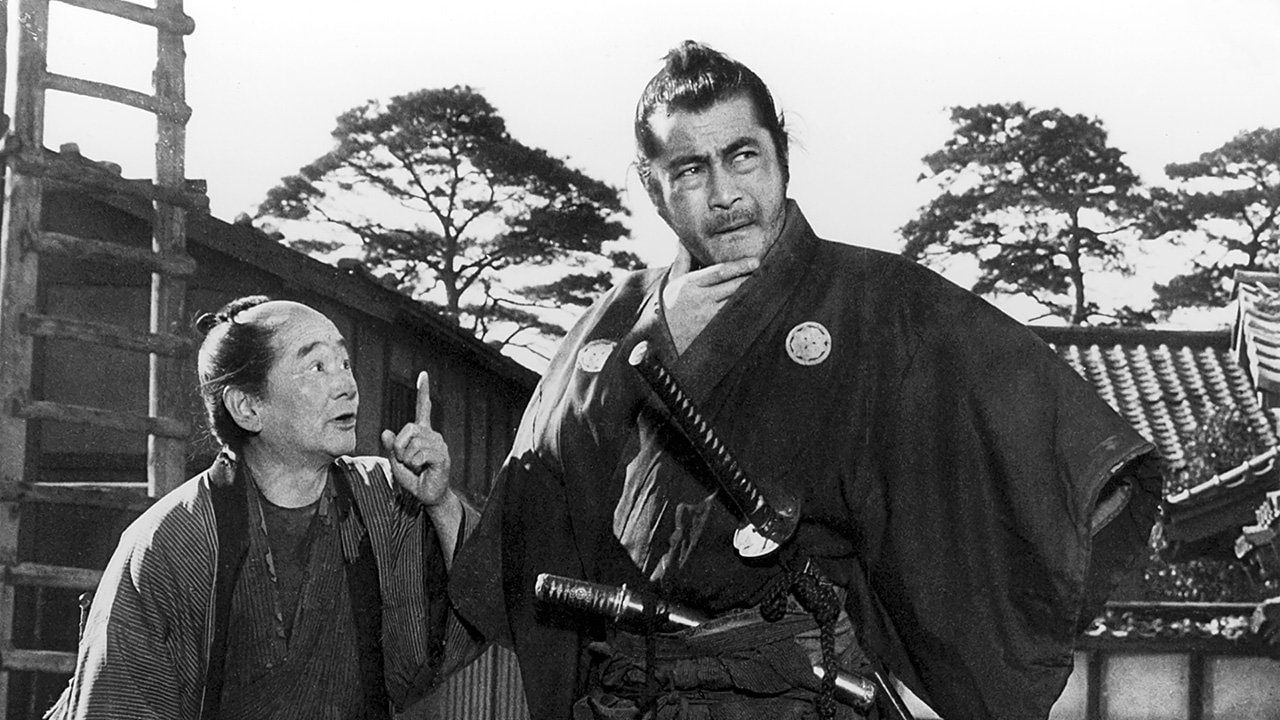 A Still from Yojimbo.[/caption] The mountains reappear in the distance. The man continues walking, but the camera stops. The man walks to the centre of the frame and turns – we see him fully for the first time. It’s not a close-up, though. He picks up a stick and throws it skywards. It lands, Kurosawa cuts, and the man takes the path the stick points to. The way he walks away is beautiful: it’s just him and his shadow. Recall the Mifune quote: “Sometimes this kind of man felt lonely.” What’s lonelier than an image of a man accompanied only by his shadow? Sergio Leone’s A Fistful of Dollars is widely thought to be an unofficial remake of Yojimbo – and Leone’s biographer Christopher Frayling, in Sergio Leone: Something To Do With Death, agreed. He contends that Leone had seen Yojimbo in late 1963, approximately one month before completing his first draft of A Fistful of Dollars, and at least two people support this contention. Leone’s wife, Carla, said, “I remember going to see Yojimbo with [Leone], and he got the idea of turning it into a Western there and then. And director Sergio Corbucci recalled Leone “slaving over a moviola machine and copying Yojimbo, changing only the setting and details of the dialogue.” And what did Kurosawa think? He wrote a letter, stating, “Signor Leone, I have just had the chance to see your film. It is a very fine film, but it is my film.” Just look at Leone’s opening sequence – not the celebrated animated sketch, showing a man riding a horse and duelling with other men, set to the sounds of gunshots and the justly celebrated Ennio Morricone score, but the stretch that follows. [caption id=“attachment_4263673” align=“alignnone” width=“1280”]  A still from A Fistful of Dollars.[/caption] Another mystery man (Clint Eastwood) enters the frame, facing a range of mountains. Another man seen only from the back. This man is on a horse, though, and he isn’t tossing a stick in the air. He seems to have purpose – at least for now. He dismounts when he reaches a well, pulls up a pail and sips water. So it’s… different, then?
But wait! Yojimbo’s samurai does that too, when he nears a house. He asks: “I’d like a drink of water.” And the man he asks is someone who was fighting with another man. This fight plays a bit differently in A Fistful of Dollars. It erupts after the man has his drink of water. The next scene in A Fistful of Dollars: the man with no name rides into a settlement – the frame captures a noose over his head, hanging from a tall tree. Yojimbo’s samurai, too, witnesses an image of death when he enters the settlement: a dog scampers by with a dismembered human hand in its mouth. And in both films, the townspeople watch the newcomer warily. Only a foolish-looking man, in both films, runs up and speaks to the stranger.
This isn’t about ethics, and it’s not about whether or not Leone “stole” from Kurosawa.
This is about how setting, sound and image (and yes, colour in the case of A Fistful of Dollars) can make even the same frames look like new creations. And at least the reveal of the man’s face is very different in the Leone universe. It’s not an uninterrupted take, and when the man nears the well, we see him from the front. A Stetson covers half his face, but after he takes a sip, he looks up. It’s a perfect hero-introduction shot. Baradwaj Rangan is Editor, Film Companion (South) and Chief Consultant, Jio MAMI Mumbai Film Festival with Star.


)
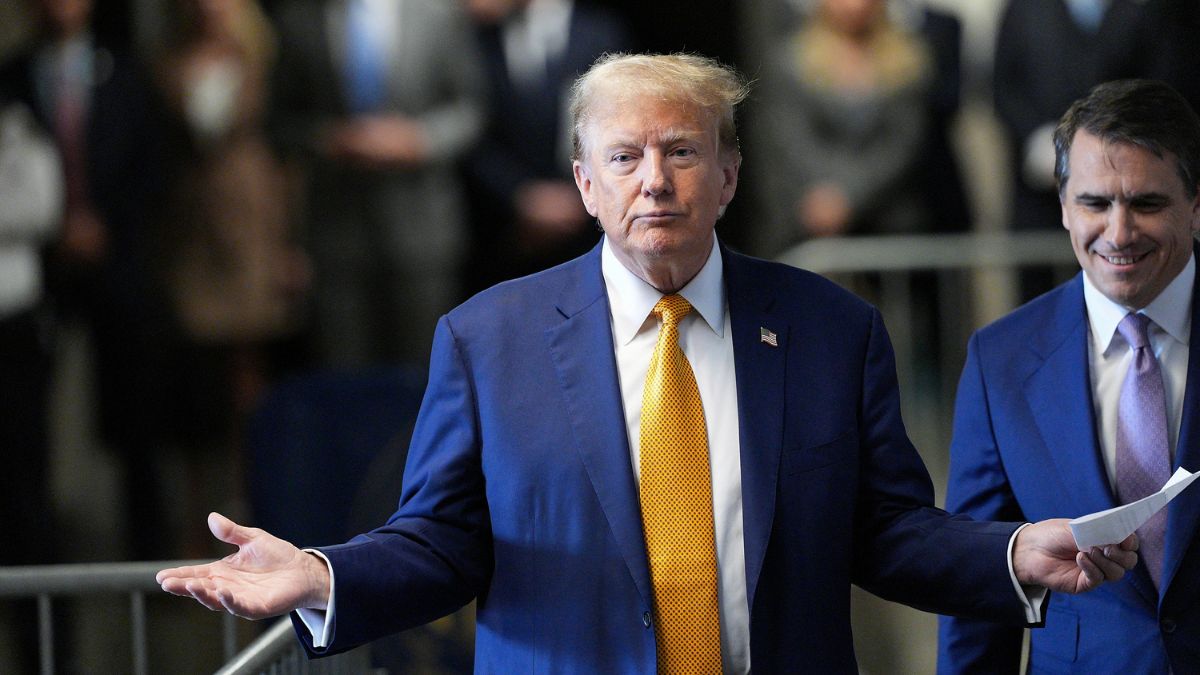)
)
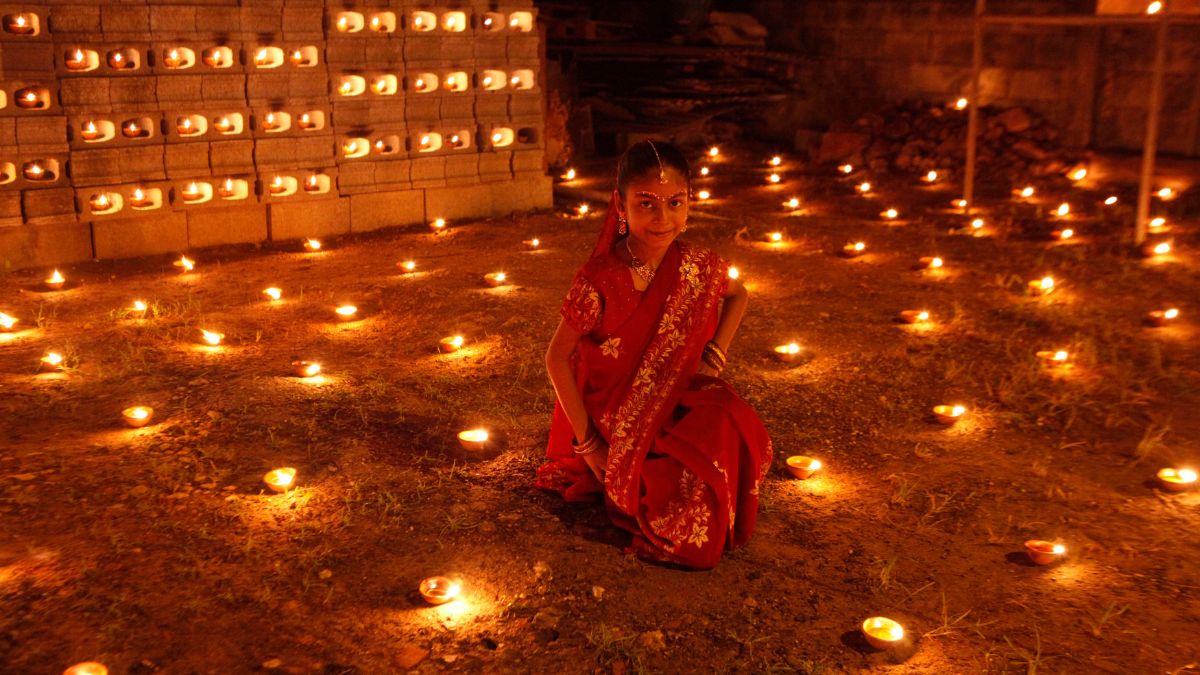)
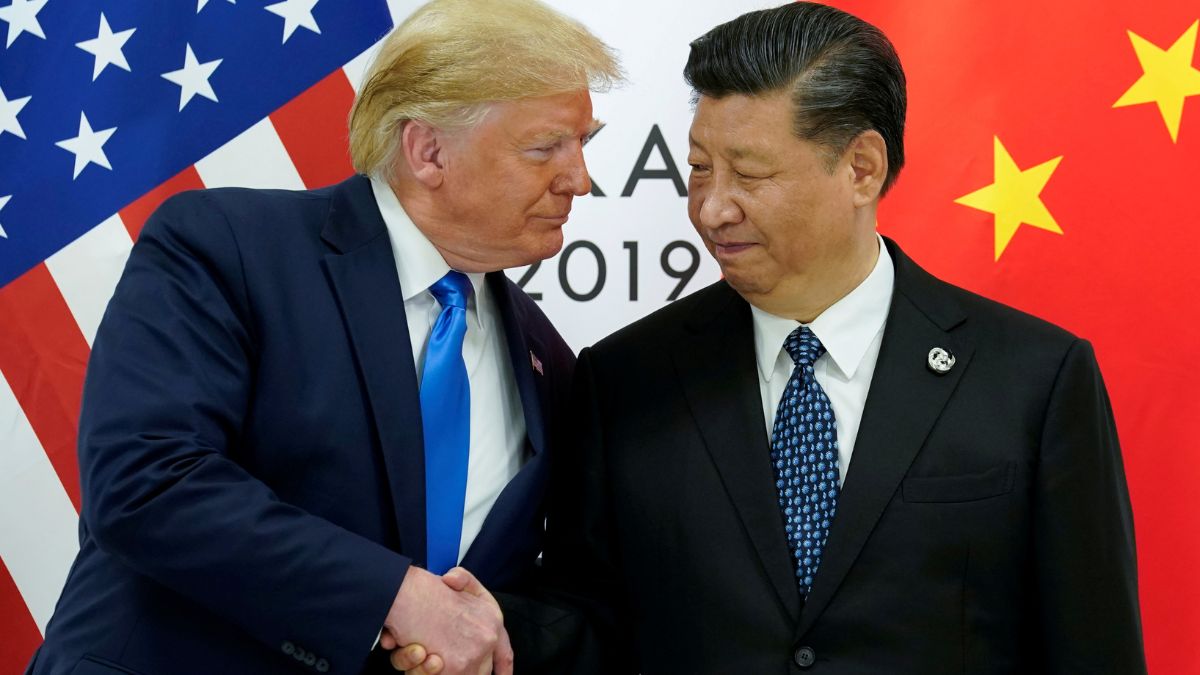)
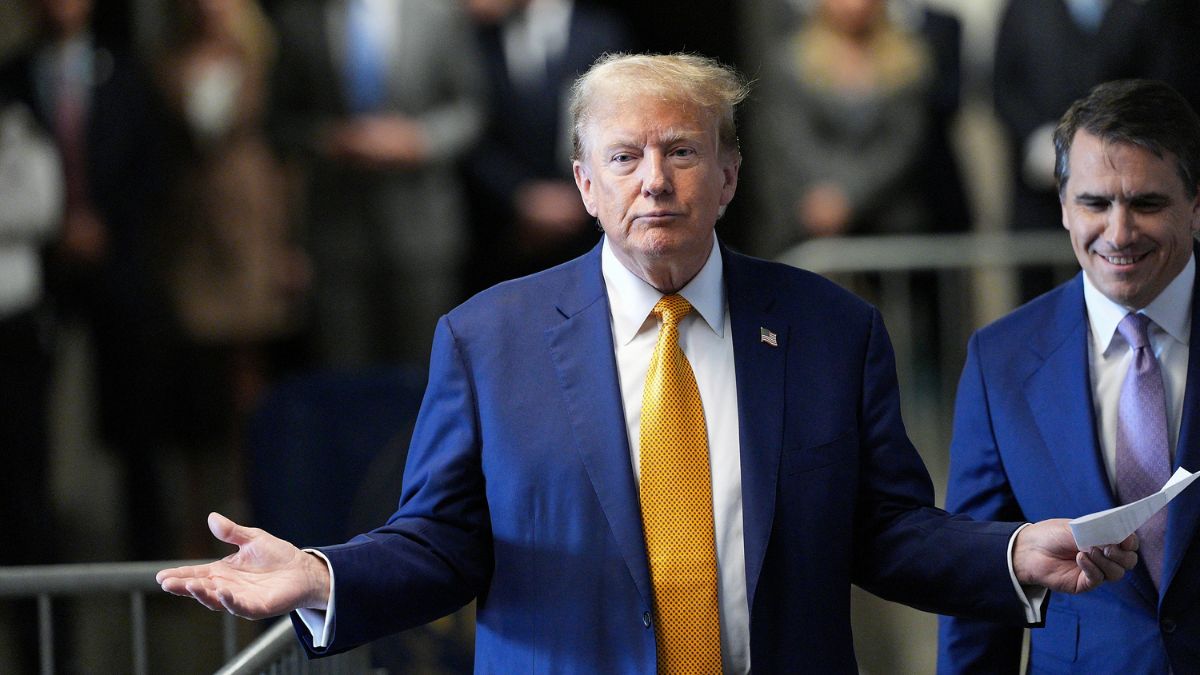)
)
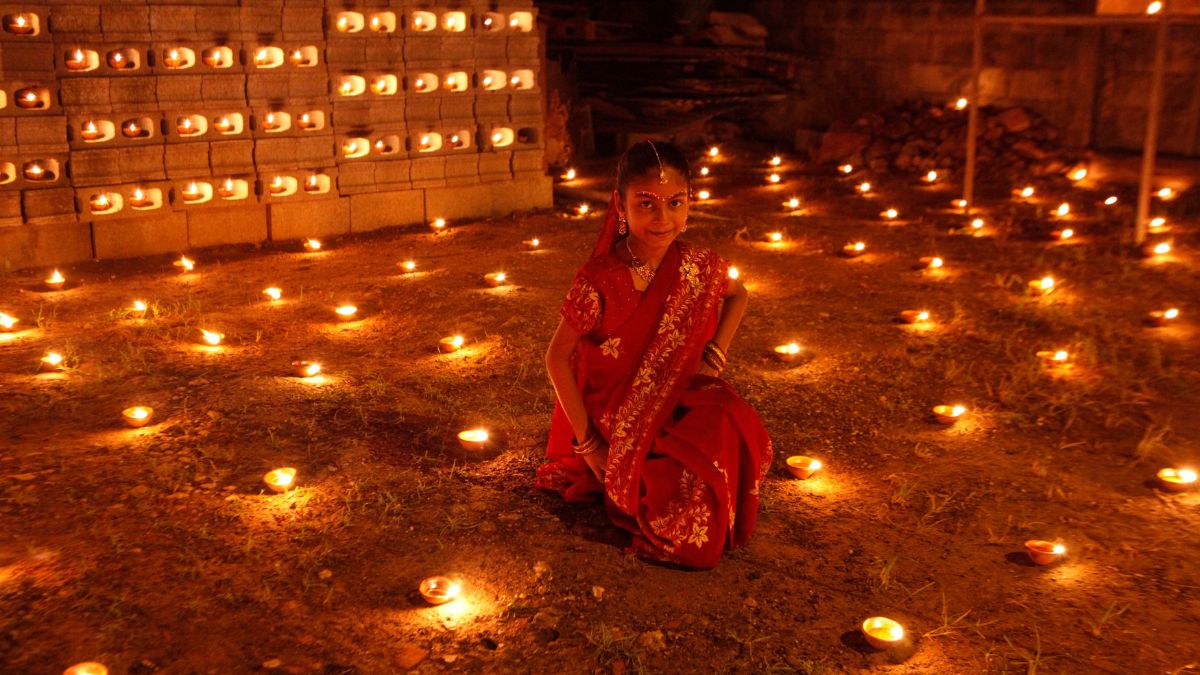)
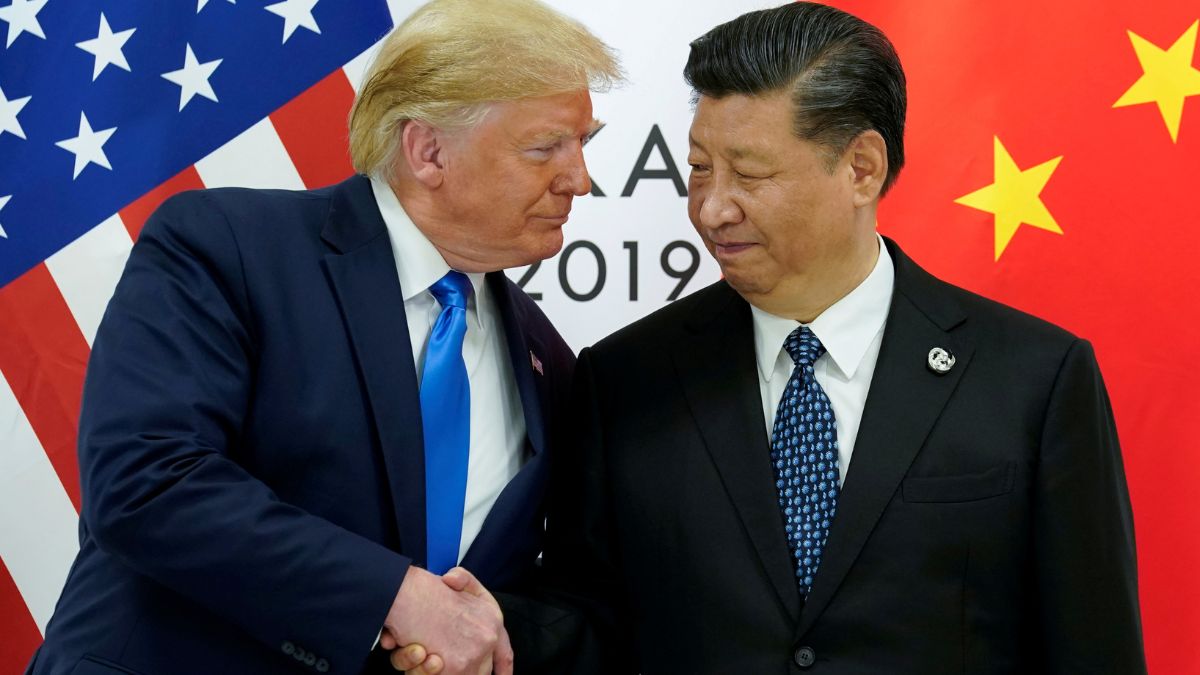)



